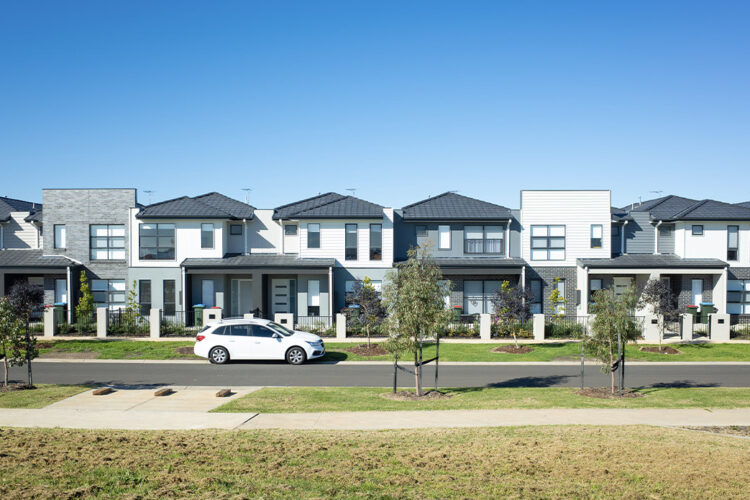The latest Real Estate Market Facts report from the Real Estate Institute of Australia (REIA) has found that as house prices in the March quarter rose, national dwelling values declined.
REIA president Hayden Groves said the report showed the continued growth of the Australian residential property market has culminated in the industry valued at $10.2 trillion.
Mr Groves outlined that “the weighted average capital city median price increased by 0.8 per cent for houses, yet decreased by 0.8 per cent for other dwellings”. These value increases have led to the combined median house price in the eight capital cities to sit at $1,033,621 at the end of the quarter, despite Melbourne, Darwin and Canberra not recording a price rise in that time.
“Increases ranged from 0.1 per cent in Perth to a substantial 8.2 per cent in Adelaide,” Mr Groves said.
“At $1,590,932, Sydney’s median house price continues to be the highest among the capital cities, 53.9 per cent higher than the national average. At $525,750 Perth has the lowest median house price across Australian capital cities, 49.1 per cent lower than the national average, demonstrating the relative value of the Western Australian market.”
Unlike house prices, dwelling values dwindled last quarter, with Mr Groves outlining that they fell 0.8 per cent in the three months to March to now at $656,692.
He also indicated that in addition to having the highest house price, Sydney boasts the highest median dwelling price, despite it being one of four capitals where dwelling values fell.
“Over the quarter, the median price for other dwellings rose in Brisbane, Adelaide, and Darwin, remained stable in Perth and declined in Sydney, Melbourne, Canberra, and Hobart. At $756,524, Sydney’s median house price for other dwellings continues to be the highest amongst the capital cities, 21.3 per cent higher than the national average,” he said.
“At $415,000 both Perth and Darwin have the lowest median price for other dwellings across Australian capital cities, 36.8 per cent lower than the national average. Over the 12 months to the March quarter, the weighted average capital city median price for other dwellings increased by 5.1 per cent.”
Mr Groves also added that the report highlighted just how dire the national rental crisis is, with rising rents in most capital and regional cities paired with extremely low vacancy rates illuminating the difficulties faced by renters.
“Most major cities recorded fewer rental properties available than the previous quarter with declines in vacancy rates in Sydney (2.3 per cent), Brisbane (0.9 per cent), Adelaide (0.4 per cent), Canberra (0.5 per cent) and Darwin (1.6 per cent).
“Vacancy rates stabilised in other centres, but remained extremely tight in Hobart at 0.9 per cent, but improved in both Perth (1.2 per cent) and Melbourne (5.2 per cent),” he said.
“House rents in the March quarter, the weighted average median rent for three bedroom houses in the eight capital cities rising to $488 per week, a quarterly increase of 3.5 per cent.”
The weighted average for two-bedroom other dwellings increased by 3.4 per cent in the quarter, now sitting at $450 a week.
Mr Groves said the report’s findings are a reminder of the need to support privately owned residential rental housing in Australia and expressed the institute’s eagerness to conduct future work with the federal government to curb the major issues facing the Australian real estate sector, notably rental supply.


